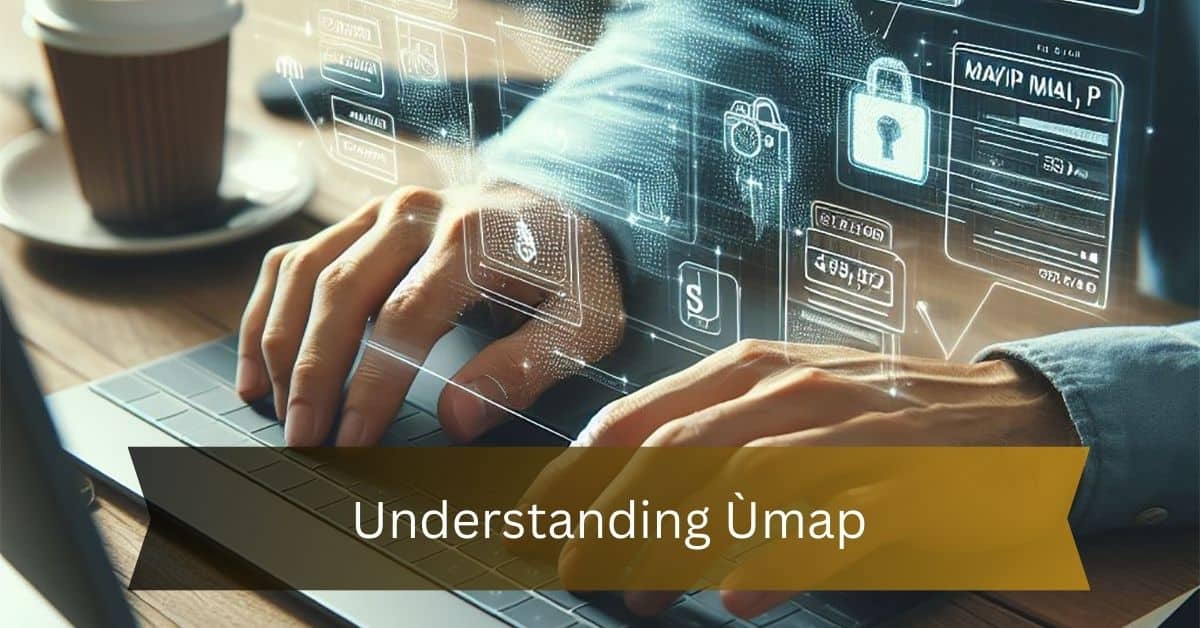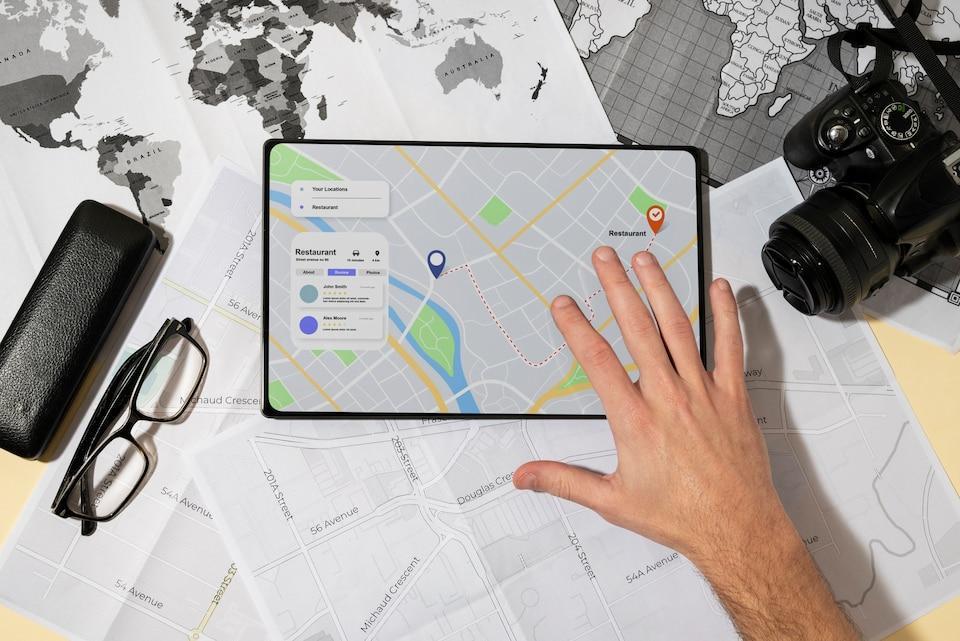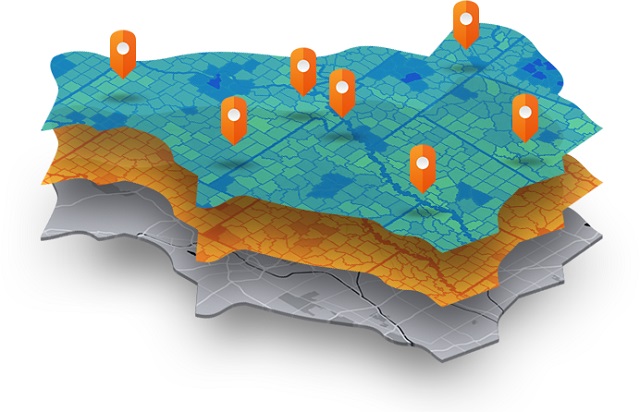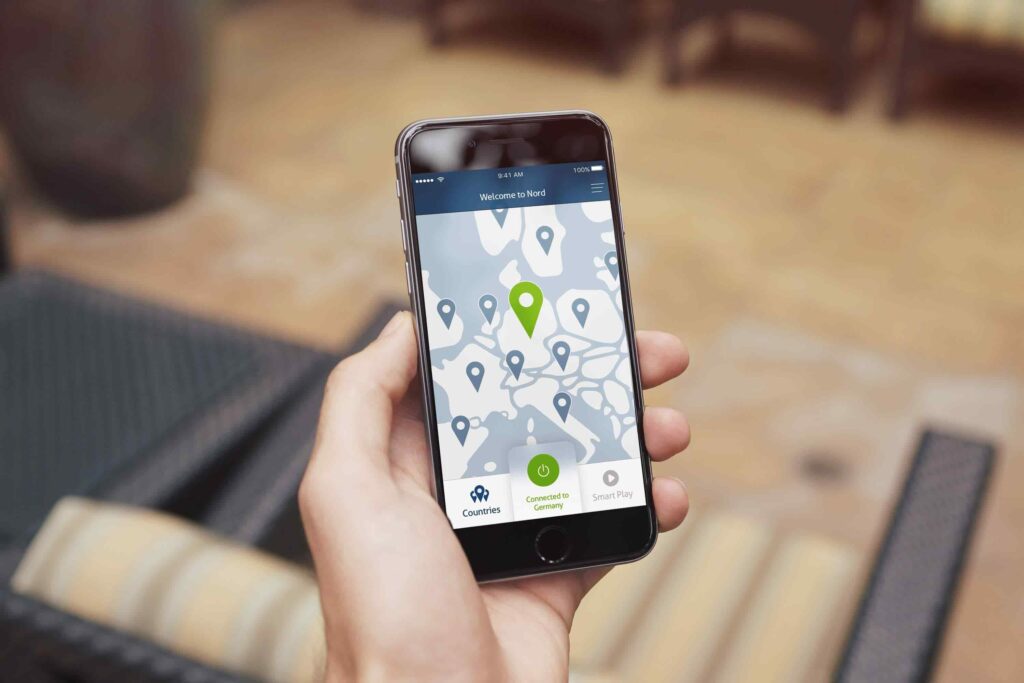
In the ever-evolving world of technology, digital cartography plays a crucial role in how we navigate and understand the world around us. At the forefront of this field is Ùmap, a platform that offers dynamic and interactive mapping solutions. This article explores the essence of Ùmap, its significance in digital navigation, and its promising future trajectory.
What is Ùmap?
Ùmap is a cutting-edge digital mapping tool that revolutionizes the way maps are created and used. Unlike traditional static maps, Ùmap provides users with interactive features that enhance the overall navigation experience. Whether you are a traveler, researcher, or business owner, Ùmap offers a versatile platform to meet your mapping needs.
The Importance of Ùmap in Digital Navigation:

1. Enhanced User Experience:
One of the key features of Ùmap is its ability to offer a highly interactive user experience. Users can zoom in and out, explore different layers, and even customize the map according to their specific needs. This flexibility makes Ùmap an invaluable tool for anyone needing precise and detailed mapping information.
2. Versatility Across Various Sectors:
Ùmap is not just for personal use; it has significant applications across various sectors. From urban planning to disaster management, Ùmap provides accurate and real-time data that can be crucial for decision-making processes. Its dynamic nature allows for constant updates, ensuring that users have access to the most current information available.
How Ùmap is Revolutionizing Digital Cartography?
Interactive Mapping Solutions:
The hallmark of Ùmap is its interactive capabilities. Unlike traditional maps that offer a one-size-fits-all approach, Ùmap allows users to interact with the map in a way that suits their individual needs.
This could involve highlighting specific areas, adding markers, or even integrating data from other sources to create a more comprehensive map.
Customization and Flexibility:
Customization is at the core of Ùmap. Users can tailor maps to fit their specific requirements, making Ùmap a highly flexible tool. Whether it’s for educational purposes, business planning, or personal navigation, Ùmap can be adapted to serve a wide range of purposes.
Real-Time Updates and Accuracy:
In the fast-paced world we live in, having access to real-time information is crucial. Ùmap excels in providing real-time updates, ensuring that the maps are always accurate and up-to-date. This feature is particularly beneficial for sectors like logistics, where timing and accuracy are paramount.
The Future of Ùmap:
Expanding Capabilities:
As technology continues to advance, so too will the capabilities of Ùmap. Future developments may include more sophisticated AI integration, offering predictive analytics and even more detailed real-time data. The possibilities are endless, and Ùmap is poised to remain at the cutting edge of digital cartography.
Broader Applications:
The potential applications of Ùmap are vast and varied. As more industries recognize the value of dynamic and interactive mapping, Ùmap is likely to see broader adoption. From environmental monitoring to retail location planning, the future of Ùmap looks incredibly promising.
Integration with Emerging Technologies:
A significant advantage of Ùmap is its ability to integrate seamlessly with emerging technologies. For instance, the integration of augmented reality (AR) and virtual reality (VR) with Ùmap can provide users with an immersive mapping experience.
Imagine using Ùmap to navigate a cityscape in real-time through AR glasses, where digital information overlays the physical world, making navigation more intuitive and engaging.
This combination of Ùmap with AR and VR technologies can revolutionize industries like tourism and education, offering interactive and experiential learning and exploration.
User-Generated Content and Community Engagement:
Another exciting aspect of Ùmap is its support for user-generated content. Users can contribute their own data, markers, and annotations to the maps, creating a rich tapestry of information that benefits the entire community.

This feature not only enhances the map’s detail and accuracy but also fosters a sense of community engagement. For example, local users might add information about new businesses, traffic conditions, or community events, making Ùmap a dynamic and ever-evolving resource. This collaborative approach can significantly improve the value and usability of the maps provided by Ùmap.
Advanced Data Analytics and Insights:
Ùmap is not just about providing maps; it also offers advanced data analytics and insights. By leveraging big data and machine learning algorithms, Ùmap can analyze patterns and trends within geographic data.
For example, businesses can use Ùmap to perform market analysis, identifying areas with high foot traffic or potential growth. Urban planners can use it to analyze traffic patterns and plan infrastructure improvements. The ability to extract actionable insights from geographic data adds a layer of depth to Ùmap‘s offerings, making it a powerful tool for strategic decision-making.
Accessibility and Inclusivity:
Ùmap places a strong emphasis on accessibility and inclusivity, ensuring that its mapping solutions are usable by a diverse range of people. This includes implementing features such as voice commands, high-contrast modes, and screen reader compatibility to assist users with disabilities.
By prioritizing accessibility, Ùmap aims to create a mapping tool that is not only cutting-edge but also equitable and inclusive. This commitment to accessibility ensures that Ùmap can be effectively used by everyone, regardless of their physical abilities or technological expertise.
Geographic Data Integration and API Connectivity:
Ùmap excels in integrating geographic data from various sources, enhancing its versatility and functionality. By leveraging API connectivity, Ùmap can pull in data from multiple external sources such as weather forecasts, traffic updates, and geographic information systems (GIS).
This integration allows users to access a comprehensive view of the world around them, combining real-time weather conditions with traffic data for more informed travel decisions. Additionally, businesses can integrate Ùmap with their existing systems to visualize data in new ways, providing a more holistic view of operational metrics and environmental factors.
Customizable Map Layers and Data Visualization:
A standout feature of Ùmap is its support for customizable map layers and advanced data visualization. Users can create and toggle between different layers to view specific types of information, such as demographic data, land use, or infrastructure. This capability allows for detailed analysis and tailored presentations of geographic data.
For instance, urban planners can use Ùmap to overlay zoning regulations, building permits, and traffic patterns, providing a comprehensive tool for development planning. The ability to customize layers ensures that Ùmap meets the unique needs of various industries and use cases.
Enhanced Security and Privacy Features:
In an era where data security and privacy are paramount, Ùmap is committed to providing robust security features to protect user information. Ùmap employs advanced encryption methods to safeguard data during transmission and storage.

Users can also benefit from customizable privacy settings, allowing them to control who can view or access their personal information and map annotations.
These features are particularly important for users in sensitive sectors such as healthcare or finance, where data confidentiality is crucial. By prioritizing security and privacy, Ùmap ensures a trusted platform for all its users.
Educational and Training Applications:
Ùmap has significant potential in educational and training contexts, offering interactive and engaging tools for learning. Educational institutions can use Ùmap to create interactive geography lessons, simulate historical events, or explore environmental changes.
Training programs can benefit from Ùmap‘s detailed and customizable maps to teach navigation skills, disaster response, or logistical planning.
By providing a hands-on, interactive learning experience, Ùmap enhances educational outcomes and prepares individuals for real-world challenges. Its ability to integrate educational content with interactive mapping makes it a valuable resource for both teaching and training purposes.
Conclusion:
Ùmap stands as a powerful tool in the realm of digital cartography, offering unparalleled interactive and dynamic mapping solutions. Its significance in digital navigation cannot be overstated, with applications ranging from personal use to complex industrial needs. As technology continues to evolve, Ùmap is set to lead the way in the future of digital mapping, providing users with the most accurate, customizable, and real-time maps available.
In conclusion, Ùmap is not just a mapping tool; it is a comprehensive solution that is redefining how we navigate and understand the world. With its current capabilities and future potential, Ùmap is indeed the future of digital cartography.